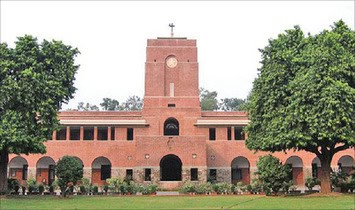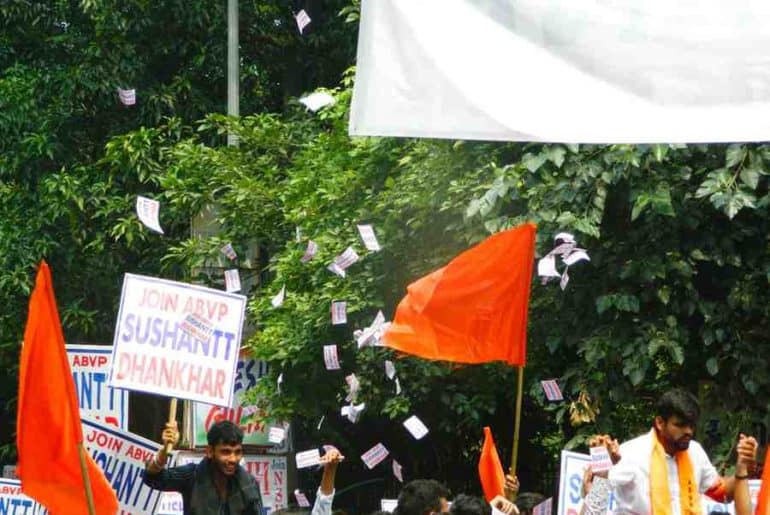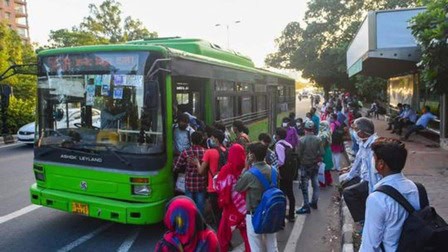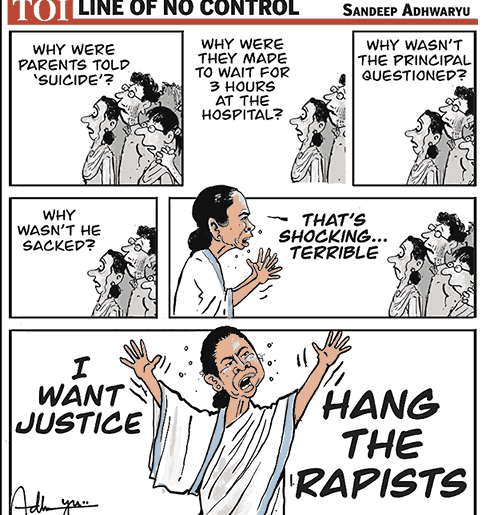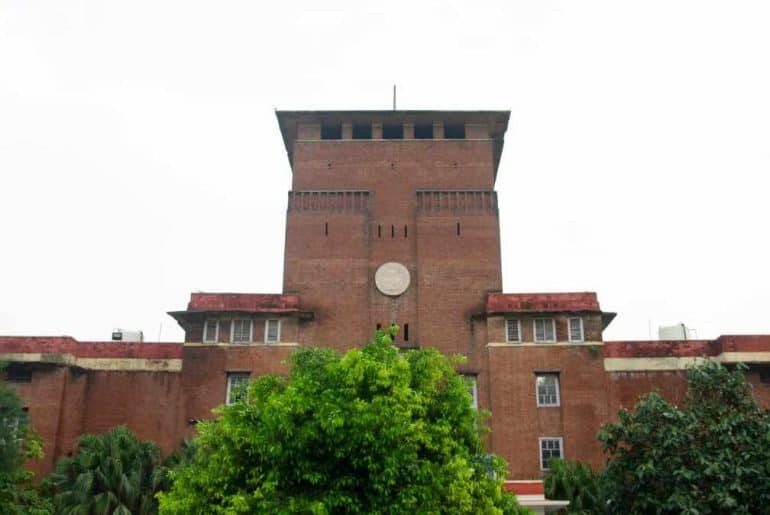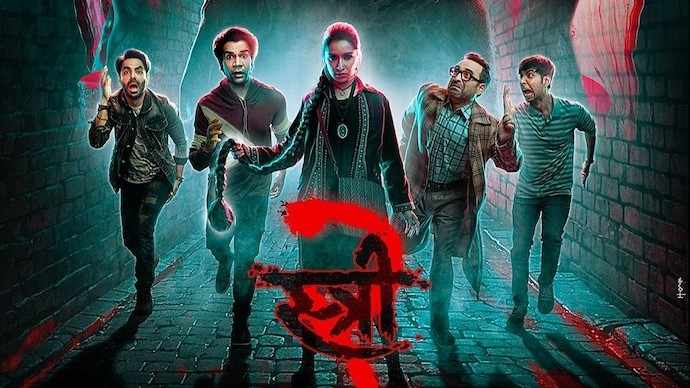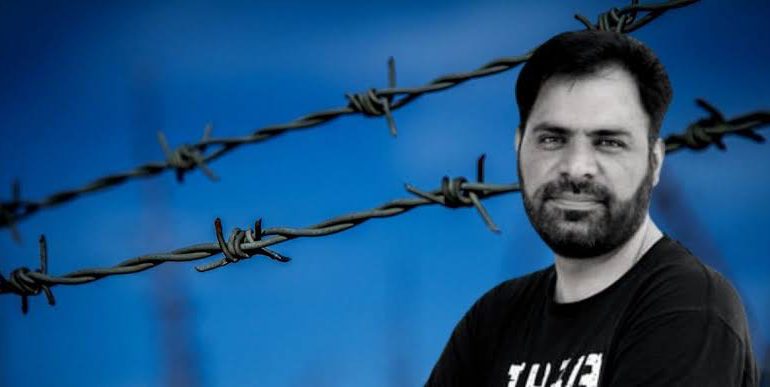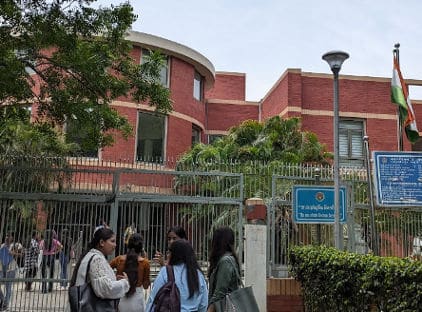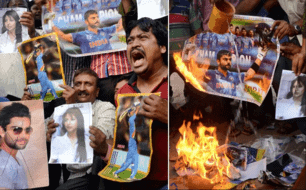Since its debut in 2015, the NIRF has faced ongoing criticism and controversy. Regardless of its widespread criticism, it still continues to be a significant factor in choosing universities and colleges by the students. With the release of the NIRF rankings for 2024, students reflect on the human cost that they hide and the attempt to ‘cover up’.
Trigger Warning: Mention of suicide
Established by the former Ministry of Human Resources and Development (MHRD) in 2015, the National Institutional Ranking Framework (NIRF) is a ranking system responsible for annually ranking the various colleges and universities of India on the basis of varied weightage accorded to five parameters, namely: Teaching, Learning, and Resources (30 per cent); Research and Professional Practice (30 per cent); Graduation Outcomes (20 percent); Outreach and Inclusivity (10 per cent); and Perception (10 per cent). The NIRF has been challenged by several scholars and stakeholders in the university space for its one-for-all approach that it imposes on all institutions without taking into consideration the differences in their funding, ownership, location, and courses offered. Further, the ranking methodology has also been widely debated on the basis of lack of verification of the data sent by colleges, lack of qualitative parameters, negligence of inclusivity as a significant factor, and artificial or selective student responses for a better perception score.
 Infographic about the NIRF rankings parameters
Infographic about the NIRF rankings parameters
Image Credits: Factly.in
Though the colleges of Delhi University have been ranked highly in NIRF rankings, concerns persist about the credibility of these rankings. Issues such as the displacement of ad-hoc professors and the increasing corporatization of the academic environment highlight a significant gap between the reported rankings and the on-the-ground reality. Since permanent faculty appointments began in 2022 in DU, the Philosophy Department of Hindu College experienced a tragic case when Prof. Samarveer Singh took his life in 2023 after being displaced twice from his position. Despite this “alleged” institutional death and the precarity of academics in the college and the university, the ranking system clearly failed to reflect this.
I saw top professors like Prof. Samarveer Singh being displaced. Both students and faculty complained about the heavy curriculum, administrative burdens, poor infrastructure, and irregular classes. If those who drive the institution are exhausted, how did we rank first? This suggests that NIRF’s priorities are misplaced and don’t reflect the real well-being of its stakeholders.
– A recent graduate from Hindu College
On further asking about the availability of accommodation facilities in the college, they added,
I remember outstation students struggling with poor living conditions due to inadequate hostel facilities. The college lacked a boys’ hostel and the girls’ hostel, outsourced to private entities, had exorbitant fees. A friend at Hindu died from jaundice due to poor water quality in the residential areas. I often wonder if he’d still be here if the college had provided better, affordable hostels.
Further, reports have also pointed out how NIRF rankings not only allow but may actively encourage privatization of higher education through their criteria. On asking from another final- year student from Hindu College (identity withheld for the sake of anonymity), they added,
Most academic blocks at Hindu, including the Sanganeria Science block and the new faculty room, are privately owned. The research center is also owned by Relaxo. The new boys’ hostel, the only one in DU backed by the Ministry of Housing and Urban Affairs, also includes a 500-seat auditorium. However, its potential may again mirror issues of higher fees as seen with the privately owned Smt. Indu Punj Girls’ Hostel.

Grafitti found at Hindu College
Image Credits: Anonymous
In several highly ranked institutions, such as St. Stephen’s, Lady Shri Ram, Hansraj, and Kamla Nehru College, there have been recent incidents of infrastructure failures, including collapsing ceilings, bathroom stalls, and falling fans, which have severely harmed students. Regardless of the severity of the injury caused by these collapses, the rankings of these colleges have remained unaffected, raising questions whether the safety of students’ lives is at all a concern of the NIRF.
Atma Ram Sanatan Dharam College (ARSD) has made efforts to address violent student politics, but its infrastructure remains inadequate and unsafe. The old academic block has cramped classrooms, and the new block, which is still under construction, is extremely fragile. The auditorium, used as a storeroom with broken chairs, has been unfinished for years, with no interest from the administration in completing it. The NIRF rankings overlook these issues and fail to verify the college’s research claims. ARSD’s research facilities and UGC-recommended internships, particularly for humanities students, also fall short compared to other colleges.
-A recent graduate from ARSD
Government ranking frameworks have also been scrutinized due to significant state involvement and potential for corruption, leading to concerns about “gift bags” being given to the authorities conducting these surveys. Additionally, despite NIRF’s claims of inclusivity, most of its top-ranked colleges are located in North India, with not a single institution from the North-Eastern states appearing at the top. This regional imbalance highlights the NIRF’s failure to implement an inclusive methodology that accounts for differences in ownership, course offerings, and the varying levels of funding received by institutions from state governments and the UGC. Furthermore, the ‘outreach and inclusivity’ scores for various top institutions in the NIRF remain unchanged despite the absence of functional Women’s Development Cells, Queer Collectives, Equal Opportunity Cells, and SC-ST Cells.
With universities facing threats from privatization, alleged political interference in faculty appointments, limited academic freedom, and severe challenges for students and professors there is a critical need for a more independent, transparent, and inclusive ranking system. Moreover, the focus on celebrating rankings reduces the development of institutions to mere attainment of these rankings which contradicts the purpose of university education. This competitiveness often leads to increased privatization and demands for institutional autonomy, ultimately resulting in higher fees for the students. Hence, the methodology of these ranks fosters a culture of hedonistic celebrations and creates a façade of prestige rather than encouraging critical reflection needed to address the genuine precarity faced by students and academics.
Read Also: Beyond the Numbers: Understanding and Evaluating the Credibility of NIRF Rankings
Featured Image Credits: Devesh Arya for DU Beat
Vedant Nagrani
[email protected]

